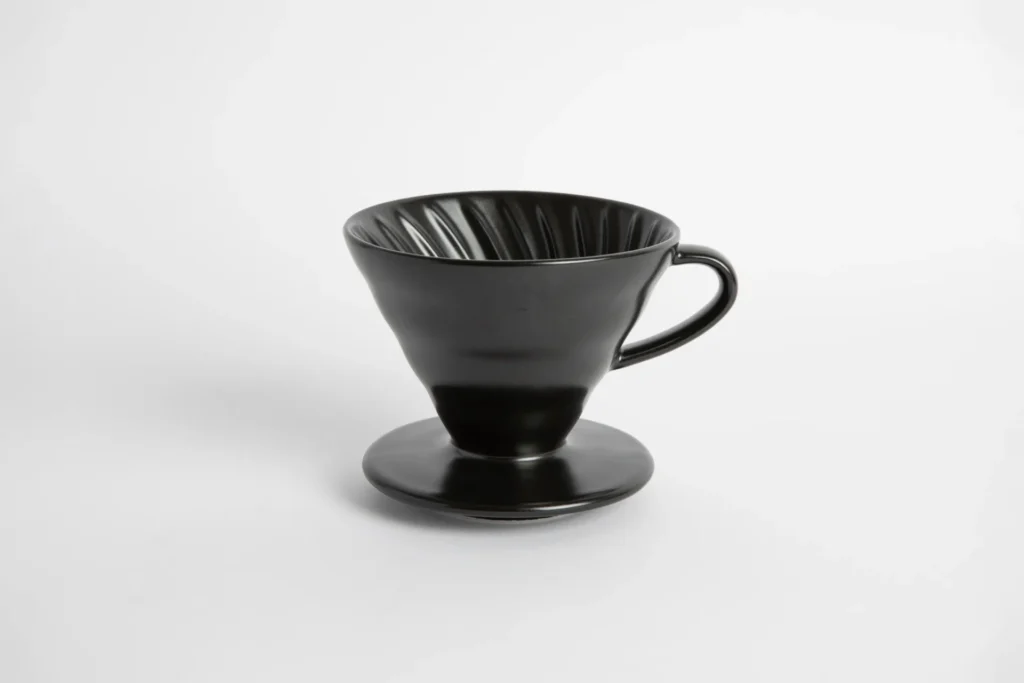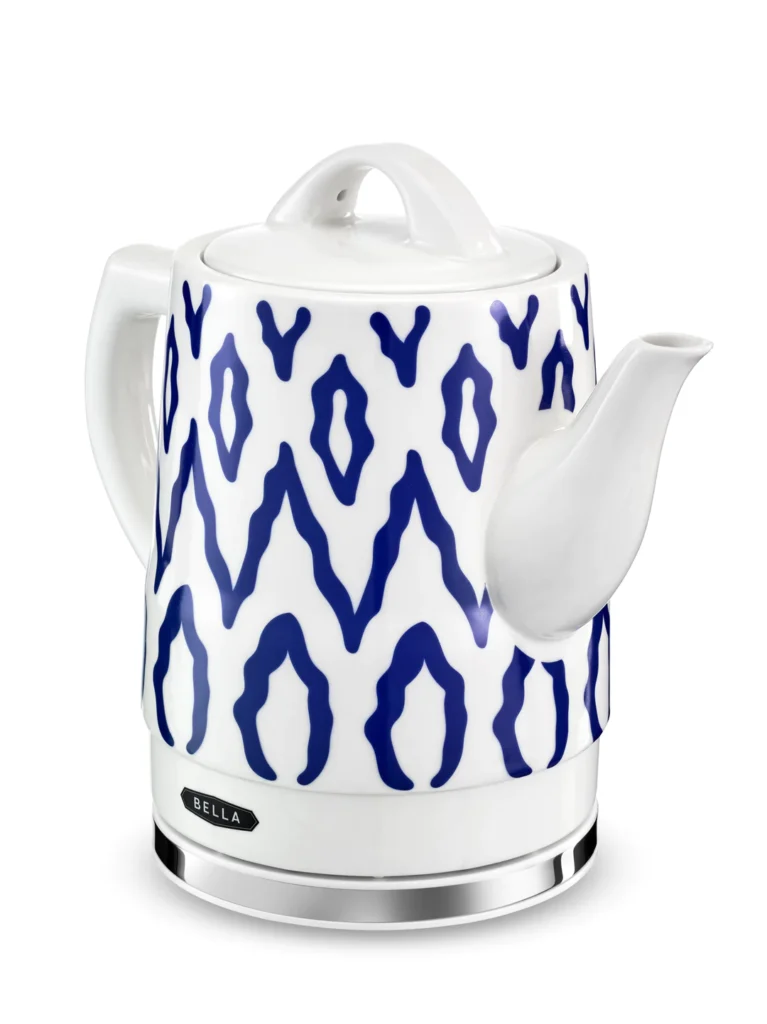How to Tell If Your Tumbler Is Lead-Free: Easy Checks

Your trusty tumbler might be keeping your coffee hot, but it could also be exposing you to hidden toxins.
With growing concern over lead in consumer products, more people are asking whether their favorite drink vessel is truly safe. And for good reason. Lead exposure is linked to serious long-term health risks, and it’s not always easy to spot.
From soldered seals to decorative paint, even popular stainless steel tumblers can contain small amounts of lead. We’ll explain the dangers and walk you through the process of testing whether your trusty tumbler is truly lead-free.
What’s the Deal with Lead, Anyway?
Lead is a toxic heavy metal that has no safe level of exposure, especially when it comes to daily-use items like drinkware. While health regulations have limited the use of lead in things like paint, gasoline, and plumbing, it can still show up in consumer goods like ceramics and insulated tumblers, often as part of the sealing or insulation process.
If a product isn’t properly tested, it can leach lead into your drinks, especially hot or acidic ones like coffee or lemonade. Even low levels of lead exposure over time can cause serious health problems.
Potential Health Hazards
Lead can pose a serious risk to children and adults alike. According to the EPA, lead exposure can lead to:
- Brain and nervous system damage: Lead is a known neurotoxin. In children, it can impair brain development. In adults, it can cause memory issues, mood disorders, and reduced cognitive function.
- Reproductive problems: Lead has been linked to infertility, miscarriage, and developmental problems during pregnancy.
- Kidney and cardiovascular issues: Chronic exposure to lead can contribute to kidney damage and increased blood pressure.
- Bone health and immune system concerns: Once lead enters the body, it’s stored in the bones. This can interfere with calcium metabolism, weakening bones and suppressing immune function.
Because symptoms can be subtle or appear gradually over time, many people don’t realize they’ve been exposed until long after the damage has been done. That’s why choosing lead-free products is key to long-term health.
Why is Lead in So Many Tumblers?
Why would a toxic metal end up in something you drink out of every day, anyway? The answer mostly comes down to the manufacturing process.
Most insulated tumblers contain a small sealing component at the bottom, which closes off the vacuum insulation layer. In cheaper or older models, this plug is often sealed using lead solder because it’s both inexpensive and durable.
While the lead is usually sealed inside the tumbler’s base, keeping it from coming into contact with your drink, cracks and dents in the bottom can expose it. That’s when the risk of lead contamination increases.
In some cases, especially with imported or unregulated products, lead can also be found in decorative paints, internal coatings, or glazes. These materials may not be tested to U.S. safety standards, making them more likely to leach toxins over time.
Unfortunately, manufacturers aren’t always required to disclose whether lead is used in internal components, so it’s up to consumers to ask questions or buy from trusted, transparent brands.
Other Common Sources of Lead in Your Kitchen
Beyond tumblers, lead can lurk in some unexpected places. It may be hiding in some everyday kitchen items you wouldn’t have thought to consider. Here are some surprisingly common culprits:
- Vintage or Imported Dishware: Older ceramics and brightly colored glazes (especially red, orange, and yellow) may contain lead, which can end up in your food.
- Glazed Cookware and Slow Cookers: Some traditional or artisanal glazes may not be food-safe, especially if they aren’t labelled “lead-free” or “Prop 65 compliant.”
- Crystal Glassware: True crystal often contains lead oxide, which can leach into liquids stored over time, such as wine or whiskey.
- Old Pipes and Faucets: While not counted among your kitchen tools, your plumbing can also be a hidden source of lead in your cooking and drinking water. This is especially true in older homes.
The bottom line? Lead is still a real concern in modern kitchens. However, being informed can help you take smart steps to avoid exposure.
Why Should You Test for Lead?
Even if your tumbler looks perfectly fine, there’s no way to tell if it contains lead by sight, touch, or taste. That’s why testing matters, especially if you regularly use insulated drinkware for hot beverages or the tumbler has visible damage near the base.
It’s an unfortunate fact that manufacturers aren’t always transparent about how their products are made. Some companies don’t disclose the materials used in their sealing components or coatings, and not all are required to test for lead under U.S. regulations.
Testing gives you peace of mind. It’s a simple, affordable way to verify that your daily routine isn’t putting your health at risk.
How to Test For Lead-Free Tumblers & More
When it comes to detecting lead in your tumbler or other kitchen items, you have two main options: at-home testing or professional lab analysis. For most people, a DIY test is a great starting point. It’s fast, affordable, and good enough to catch surface-level lead.
Here’s how to test your drinkware and kitchen items:
- Start with a visual inspection. Check the bottom of your tumbler for a small, circular plug—often a sign of vacuum insulation. If it looks damaged, corroded, or if the cover is missing, consider it a higher risk.
- Use a lead swab test. These testing kits are widely available online or at hardware stores. They react with surface lead to produce a visible color change on the swab within seconds.
- Focus on high-risk areas. Test the solder plug on the bottom of your tumbler, any decorative paint, and the interior coating. If you’re unsure about how your item is constructed, test multiple areas.
DIY Lead Testing Tips & Tools
If you want to check your tumbler for lead, you don’t need to grab a lab coat. DIY lead testing kits are easy to use, affordable, and can give you quick peace of mind. They can help you sip with confidence, knowing your tumbler is lead-free and safe to use.
Here are some tips for testing:
1. Choose a Reputable Lead Test Kit
Look for tests that are EPA-recognized and designed specifically for consumer use. Some of the most popular options are:
- Luxfer LeadCheck Swabs ($11.00) – These disposable tests are simple to use and can deliver results in just 30 seconds. The swab blisters are small, convenient, and can easily reach inside a tumbler.
- D-Lead Paint Test Kit ($92.99) – This pack includes 24 testing kits that can detect lead on painted surfaces, such as wood, metal, plaster, and drywall. They’re an easy way to detect lead on various products and other parts of your home.
2. Prep the Surface First
Before testing, clean the area with a damp cloth and dry it thoroughly. Remove any dirt, residue, or oils, as these can interfere with lead test kits.
3. Test High Risk Areas
Focus on parts that are most likely to contain lead, such as painted or glazed areas, the bottom of your tumbler, and the interior, especially if it has a coating or isn’t made of stainless steel.
4. Follow Instructions Exactly
Each testing kit is slightly different. Some require crushing a capsule inside the swab, shaking it, and then rubbing it on the surface for a set amount of time. Stick closely to the directions to avoid false negatives.
5. Know What the Results Mean
Read the instructions carefully to be sure you understand how to read the results of your test. Lead presence is often indicated by a color change on the testing swab, but it’s important to know what you’re looking for before you start testing
Final Thoughts: Sip Smarter, Live Safer
Not all tumblers are created equal, and they aren’t all made with your long-term health in mind. While it might be easy to overlook the materials used in your daily drinkware, the potential consequences of lead exposure are far too serious to ignore.
By taking a few simple steps and testing the products you use every day, you can dramatically reduce your risk. Whether you’re sipping your favorite coffee on the go or filling up for a long day at the desk, peace of mind starts with knowing exactly what’s in your cup.
Photo by Bluewater Sweden on Unsplash


